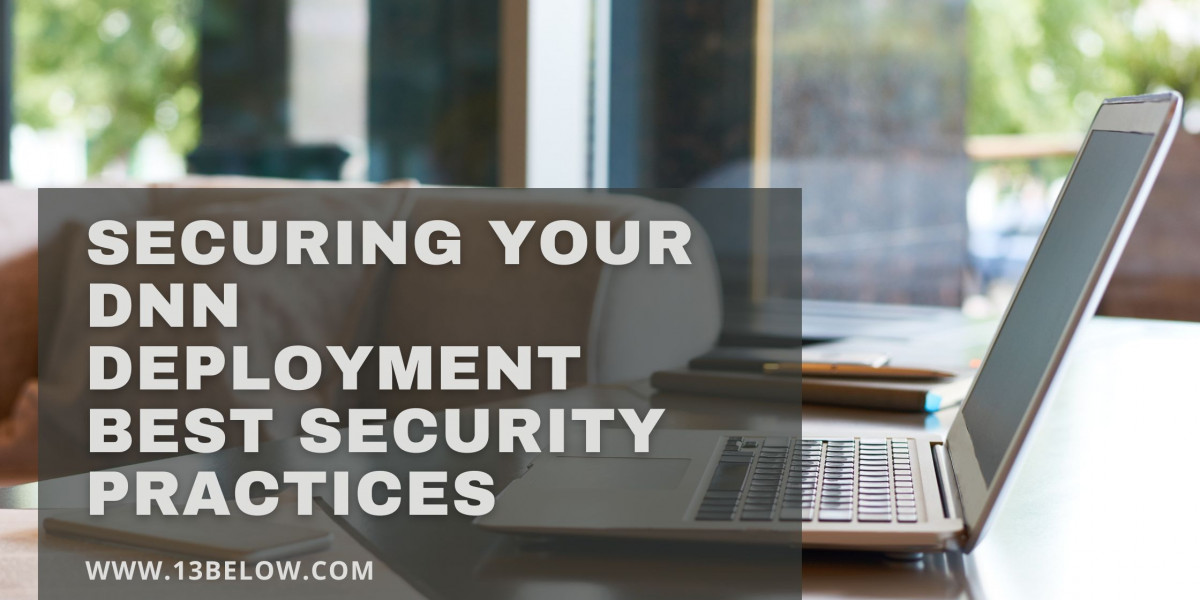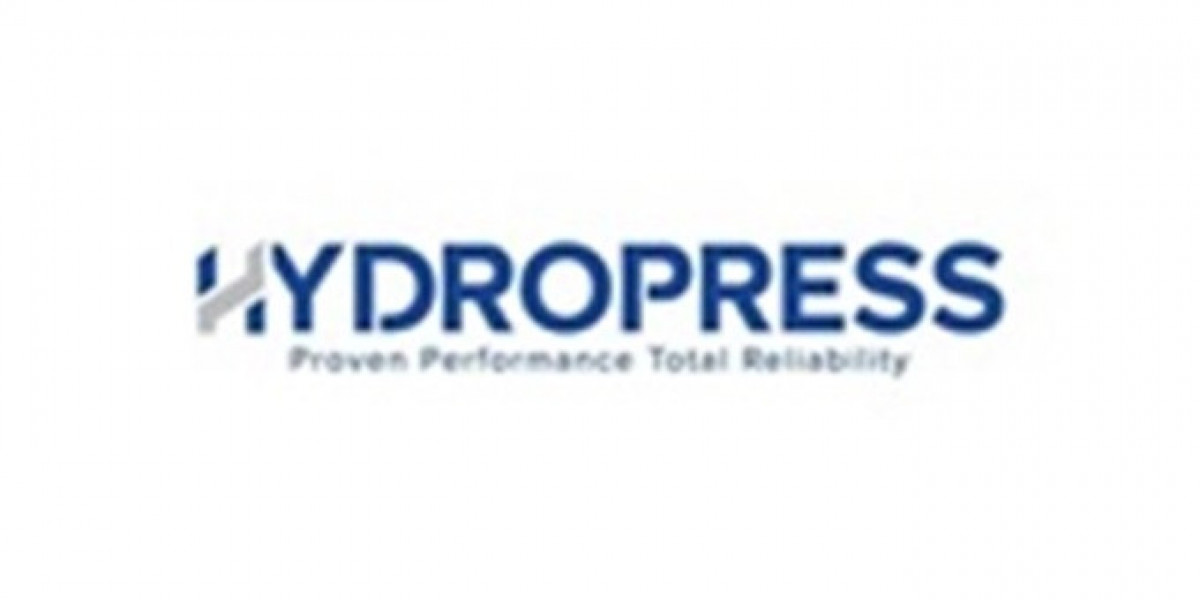DotNetNuke (DNN) is a popular and robust content management system (CMS) used to power thousands of websites worldwide. However, like any web platform, DNN websites are vulnerable to security threats if not properly protected. With an ever-increasing number of cyberattacks targeting websites, it’s crucial to prioritize security when deploying and managing your DNN website. In this blog, we’ll cover the best security practices for securing your DNN deployment, ensuring that your website and its users are safe from potential threats.
1. Always Use the Latest Version of DNN
One of the most important steps in securing your DNN deployment is keeping the platform updated to the latest version. Each new DNN release includes important security patches and bug fixes that address vulnerabilities discovered in previous versions. Running an outdated version of DNN exposes your website to known threats and exploits that attackers could leverage.
- Upgrade Regularly: Set up a regular upgrade schedule for DNN and any third-party modules. Even minor updates can contain critical security patches.
- Monitor for Vulnerability Alerts: Subscribe to DNN security alerts and stay updated on new vulnerabilities and patches released by the DNN community and official sources.
2. Enforce Strong Password Policies
Weak or compromised passwords are among the most common entry points for attackers. Ensuring that users, administrators, and content editors use strong passwords is crucial for securing your DNN deployment.
- Password Complexity: Enforce password complexity requirements, such as a minimum length, the inclusion of uppercase letters, numbers, and special characters.
- Two-Factor Authentication (2FA): Enable two-factor authentication (2FA) for administrators and high-privilege users. This adds an extra layer of security by requiring a second form of verification, typically via a mobile device.
- Password Expiration and Lockout: Implement password expiration policies that require users to change their passwords regularly. Set account lockout mechanisms to prevent brute-force attacks, where attackers repeatedly attempt to guess passwords.
3. Use Secure Sockets Layer (SSL/TLS) Encryption
Data transmitted between your users and the server should always be encrypted using SSL or TLS. Without encryption, sensitive data—such as login credentials, personal information, and payment details—can be intercepted by attackers.
- Obtain an SSL Certificate: Purchase or obtain an SSL certificate for your website from a trusted certificate authority (CA). For smaller websites, free services like Let's Encrypt provide basic SSL certificates.
- Force HTTPS: Configure your web server to redirect all HTTP requests to HTTPS. This ensures that all traffic to your DNN site is encrypted, preventing data from being intercepted in transit.
- HSTS Headers: Enable HTTP Strict Transport Security (HSTS) headers to instruct browsers to only interact with your site over HTTPS, further reducing the risk of man-in-the-middle attacks.
4. Set Proper User Permissions and Roles
DNN’s role-based security system allows you to assign specific permissions to different types of users. Ensuring that users only have access to the resources they need is critical for minimizing the potential damage from compromised accounts.
- Principle of Least Privilege: Assign the least amount of permissions necessary for each role. Content creators, for example, should not have access to administrative settings or sensitive modules.
- Audit User Roles Regularly: Periodically review user roles and permissions to ensure that no one has unnecessary access to critical parts of the website. Revoke permissions for inactive users and remove unused accounts.
- Segregate Duties: For larger teams, separate administrative tasks between multiple roles. This way, a single compromised account doesn’t result in a full breach of the system.
5. Harden Your Web Server and Database
Securing your DNN deployment extends beyond the application itself—it also involves securing the underlying infrastructure, including your web server and database.
- Web Server Security: Keep your web server software (IIS, Apache, or Nginx) updated to the latest version. Apply security patches and disable unnecessary services and modules that might introduce vulnerabilities.
- Database Security: Secure your database by using strong credentials and limiting database access to trusted IP addresses. Disable remote access unless absolutely necessary, and implement role-based permissions within the database.
- Firewall and Intrusion Detection: Configure firewalls to block unauthorized traffic, and use intrusion detection systems (IDS) to monitor for suspicious activity on your server.
6. Regular Backups and Disaster Recovery Plan
While securing your DNN deployment is essential, you also need to plan for the worst-case scenario: a successful attack. Having a robust backup and disaster recovery plan ensures that you can quickly restore your site in the event of a security breach.
- Automated Backups: Implement automated backups for both your DNN database and file system. Store backups in a secure, offsite location to protect against server failures or ransomware attacks.
- Test Restoration: Regularly test your backup restoration process to ensure that it works as expected and that you can quickly recover in case of an emergency.
- Disaster Recovery Plan: Create and document a comprehensive disaster recovery plan that outlines the steps to take in the event of a security breach or data loss.
7. Install Security Modules and Tools
DNN offers a variety of security modules and tools that can enhance the security of your website.
- DNN Security Analyzer: Use DNN’s built-in Security Analyzer tool to scan your site for vulnerabilities and configuration issues. This tool can help identify insecure settings, outdated modules, and other potential risks.
- Security Extensions: Install security-focused extensions from trusted vendors to add features like enhanced authentication, spam protection, and web application firewall (WAF) integration.
8. Monitor Logs and User Activity
Continuous monitoring of your DNN site is essential for detecting and responding to security threats in real time.
- Enable Logging: Ensure that error and activity logs are enabled in DNN. Regularly review these logs to identify suspicious activity or unauthorized access attempts.
- Real-Time Monitoring: Use monitoring tools like Application Insights, New Relic, or Sentry to keep an eye on your site’s performance and detect potential security issues such as brute-force attacks or unusual traffic patterns.
9. Implement Security Headers
Security headers are a simple and effective way to protect your site against a wide range of web-based attacks.
- Content Security Policy (CSP): Implement a Content Security Policy to restrict the sources from which your site can load content, reducing the risk of cross-site scripting (XSS) attacks.
- X-Frame-Options: Use the X-Frame-Options header to prevent your site from being embedded in an iframe by other websites, which helps protect against clickjacking attacks.
- X-Content-Type-Options: Set the X-Content-Type-Options header to prevent browsers from interpreting files as a different MIME type than what is specified, reducing the risk of MIME-sniffing attacks.
10. Educate Your Team
Finally, security is a team effort. Educating your team about security best practices ensures that everyone is aware of potential risks and knows how to prevent them.
- Security Awareness Training: Provide regular security training to your team, covering topics like phishing, password hygiene, and identifying suspicious activity.
- Incident Response Drills: Run incident response drills to practice how your team should react in case of a security breach. This ensures that everyone knows their role and can respond quickly and effectively to minimize damage.
Conclusion
Securing your DNN deployment requires a comprehensive approach that covers everything from keeping your platform up to date to configuring user permissions and encrypting data. By following these best practices, you can significantly reduce the risk of security breaches and ensure that your DNN site remains safe for both your users and your business. Prioritizing security not only protects your site from attackers but also builds trust with your audience and safeguards your brand’s reputation.









